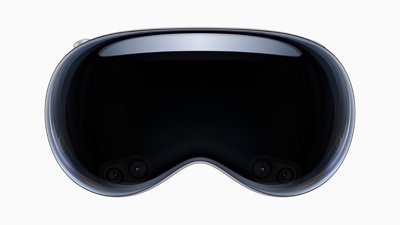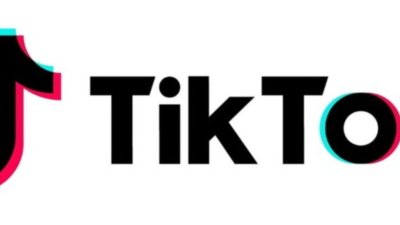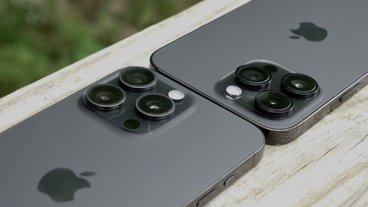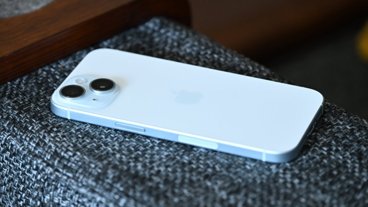Apple v. Samsung draws line between copying and patent infringement
Arguing the relevance of copying to patent infringement
The relevance of copying to actual patent infringement has become central to the intractable jury instruction disputes that "disappointed" Judge Lucy Koh and resulted in an order that both teams meet in person to hammer out.
"Patent law is a strict liability regime," notes a report by FOSS Patents Florian Mueller. "Even with a 100% independent creation, you can be liable for infringement — and even with 100% intentional copying, you are not liable for anything if there is no valid patent within the scope of which your copied product falls."
While copying itself is not illegal, Apple has argued that the issue of copying (which it has strategically focused up on in the case, and which Samsung has sought to distract away from while focusing upon the accused lack of merit in Apple's patents instead) is relevant to proving other claims in its infringement case with Samsung beyond simple "non-obviousness."
Apple states that its evidence of Samsung's copying is relevant to the questions of "willful infringement," "trade dress secondary meaning," (copying of packaging and other distinctive elements to steal the goodwill and reputation of the original) and "indirect infringement" (contributing toward the infringement by third parties, or benefitting from their infringement).
Not saying we copied, but even so it's okay
Samsung has walked the line between refusing to admit that it has copied, while also attempting to argue that copying itself has no direct relevance to the issue of actual patent infringement nor patent validity. It seeks to have the jury told:
"You have heard allegations by Apple that certain of its designs and patents have been copied. Regardless of whether you as the jury accept this testimony, you may not consider it in deciding whether any patents in this case have been infringed. Copying is not an element of patent infringement."
Samsung also seeks to tell the jury:
"Evidence of copying, if established, is only relevant as one of several considerations you will need to account for in deciding whether a patent is invalid because it was an obvious design."
Samsung argued that an earlier decision in the design patent case L.A. Gear, Inc. v. Thom McAn Shoe Co supports its position, claiming that the decision "clearly says that copying is 'an issue not relevant to patent infringement.'"
Mueller, however, said that "Samsung uses a disingenuous out-of-context quote," noting that the full context of the decision in that case actually support's Apple's arguments instead:
"Melville presented no evidence to counteract the evidence of copying of the patented design. Indeed, Melville admitted copying, offering as its only justification the proposition that copying is prevalent in the fashion industry, an issue not relevant to patent infringement."
But everybody follows Apple
Apple also took issue with another proposal by Samsung, which it said "goes far beyond the law to excuse Samsung's copying and eliminate the relevance of this factor." In that disputed jury instruction, Samsung states,
"Did others copy the claimed design? Where parties have a practice of marketing very similar products, however, evidence of copying is not a strong indicator of non-obviousness, but rather a measure of the extent to which parties in the market typically follow developments by their competitors, whether patented or not."
Apple's success in obtaining a preliminary injunction against the Galaxy Tab prior to the case, which Judge Koh described at one point as "virtually identical" to the iPad, makes it clear that the Apple v. Samsung case will decide, however it plays out, to what extent companies will be willing to copy others in the future.
 Daniel Eran Dilger
Daniel Eran Dilger










 Andrew Orr
Andrew Orr

 William Gallagher
William Gallagher
 Marko Zivkovic
Marko Zivkovic
 Amber Neely
Amber Neely
 Christine McKee
Christine McKee
 Malcolm Owen
Malcolm Owen
 Mike Wuerthele and Malcolm Owen
Mike Wuerthele and Malcolm Owen






